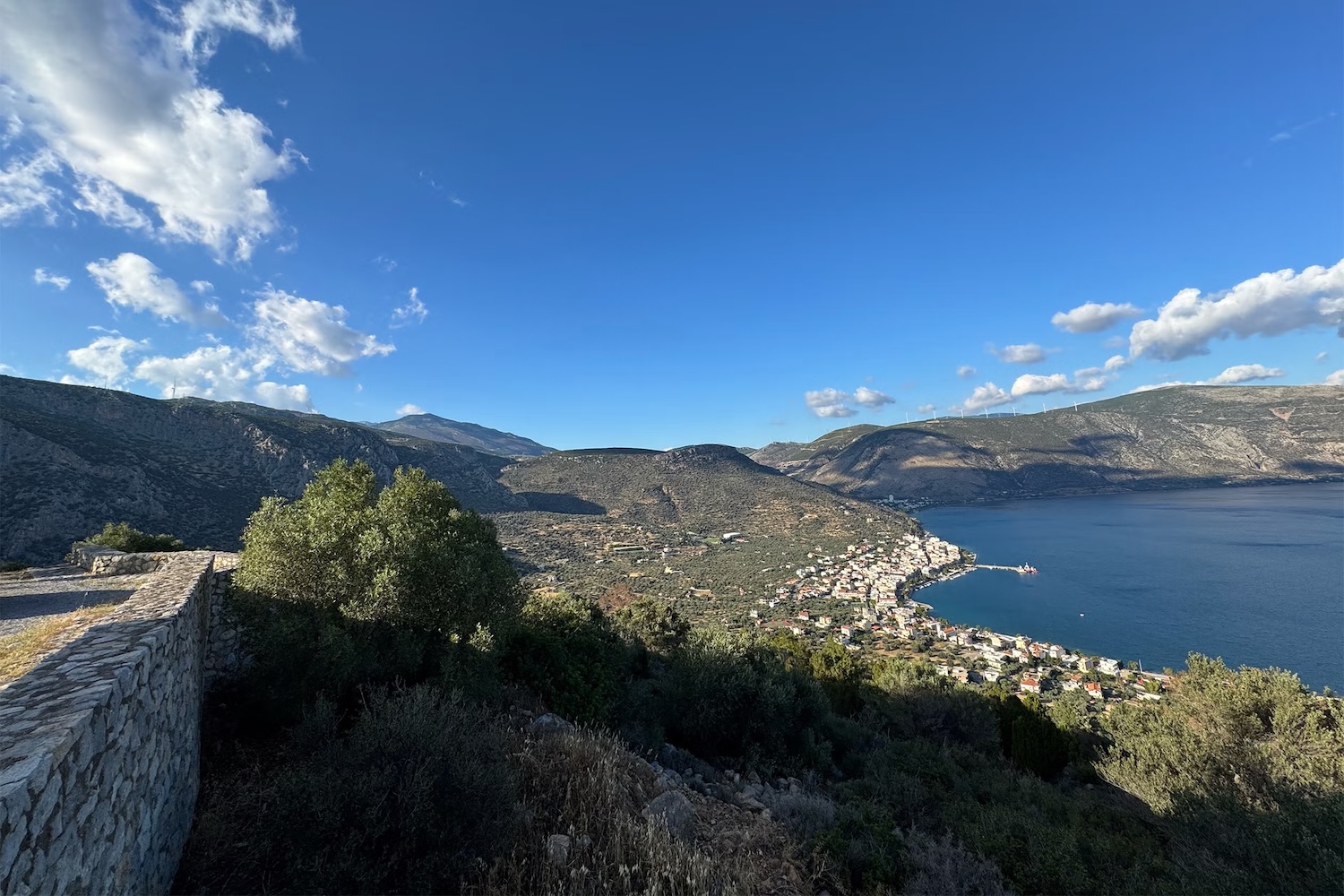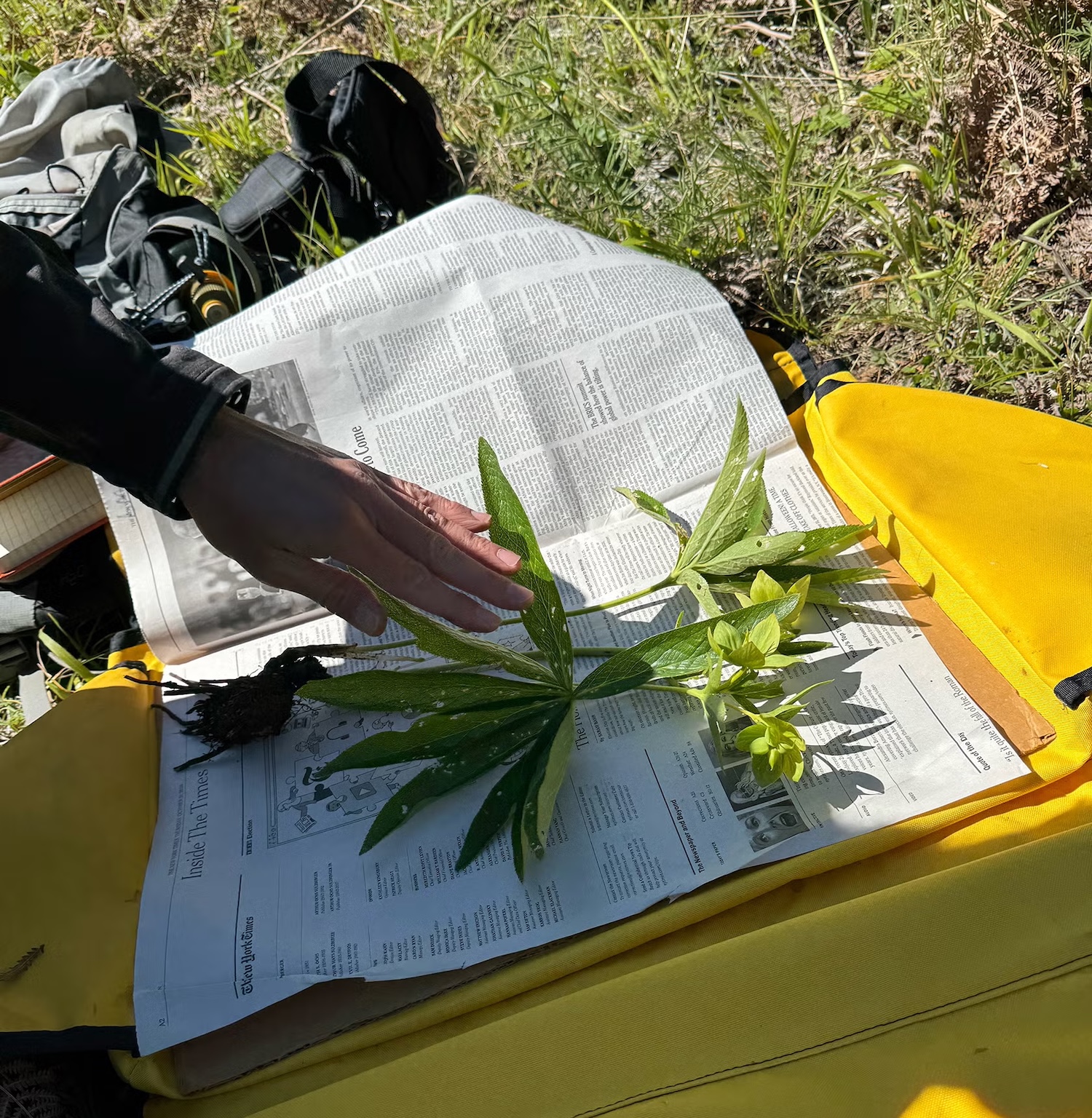By most historical accounts, the Roman Emperor Caligula was a nightmare–a sadistic, debaucherous, and unstable despot. However, some new reevaluations of primary source documents and ethnobotanical fieldwork now suggests there was more to the madman than tyrannical bloodlust. According to a study published in the Proceedings of the European Academy of Sciences and Arts, Caligula was also fond of learning about medicinal plants.
Few ancient rulers are as infamous as Caligula. Ruling Rome from only 37 to 41 CE, historical accounts indicate that the young Roman Emperor managed to pack an impressive amount of cruelty, debauchery, and bizarre edicts into reign. Although initially depicted in a more positive light, sources like Suetonius’ The Twelve Caesars describe Caligula as a “monster” by the time of his assassination in 41 CE. Among his many misdeeds: the emperor wantonly ordered the torture and execution of enemies, engaged in multiple incestuous relationships, and declared himself a god. At one point, he even planned to appoint his horse as a consul.
An overlooked anecdote
However, Suetonius’ biography of Caligula also includes an often overlooked anecdote—one that caught the eye of experts at the Yale Ancient Pharmacology Program (YAPP). According to the 2nd century text, an unknown Roman senator who rose to the high rank of praetor once requested that Caligula grant him a leave of absence due to an undescribed ailment. The senator then traveled 65 miles northwest of Athens to the ancient Greek town of Antikyra to receive treatments concocted from “hellebore.”
Once there, he made the unwise choice: the senator asked Caligula to extend his stay. Instead, the Roman Emperor apparently ordered his execution, allegedly joking afterwards that, “a bloodletting was necessary for one whom hellebore had not benefited in all that time.”
But what is hellebore, and why the town of Antikyra? Furthermore, how did the doomed senator and Caligula already know about them? To find out, a team from YAPP decided to scour available historical texts as well as orchestrate a trip to the tiny town itself.

Ancient Rome’s Mayo Clinic
“It is remarkable that Antikyra is mentioned in the historical record since it was never an important cultural or economic destination,” Trevor Luke, a YAPP faculty affiliate and Florida State University associate professor of classics as well as study co-author, said in a statement.
Luke and his colleagues found that while not a cultural or trading hub, the port town was known for medical concoctions based on a flowering plant called hellebore. These included treatments for, “melancholy, insanity, epilepsy, and gout,” according to the study. Ancient texts also mention two types of hellebore—white hellebore for head issues, and black hellebore for the bowels.
“Our work suggests that Antikyra functioned as a kind of Mayo Clinic of the Roman world—a place where affluent and influential Romans visited for medical treatments not widely available elsewhere,” explained Andrew Koh, YAPP’s principal investigator and research scientist at the Yale Peabody Museum.
There was a major problem. The “hellebore” growing today isn’t necessarily the hellebore of ancient Rome. Today’s botanical taxonomies didn’t exist then, and plant identities often also shift over time and place. The study’s authors cite an interview with an herbalist living in Antikyra today as an example: the individual knew “elleboro” to be a dwarf elderberry, but the ancient text descriptions don’t resemble the latter plant at all. Today, the closest area to host large amounts of “hellebore” matching its Roman description is about 25 miles north of Antikyra—over 2,500 feet above sea level on the southern slopes of Mount Helicon.
Regardless of the sourcing, Antikyra’s various hellebore potions were famous enough by the first century BCE for Roman “bigwigs” like the senator to know of them, said Luke. He and his team also believe Caligula was well aware of the town’s speciality. After all, it promised potential cures for many of his own major issues, including epilepsy, insomnia, and “insanity.”

Alternative treatments and theories
Trevor and Koh theorize that Caligula, already aware of Antikyra and how long a hellebore treatment should take, believed that the senator was abusing his leave of absence. What’s more, the “bloodletting” quip implies the emperor previously read De Medicina, a medical treatise written during the reign of Tiberius, Caligula’s predecessor. In it, the author recommends bloodletting to epileptics as an alternative to hellebore.
“It’s [also] possible that Suetonius is wrong, and that Caligula wasn’t ordering the man’s execution but simply prescribing an alternative treatment that he had read about or knew from his own experience,” said Luke.
Importantly, the team cautions that this is not meant to absolve Caligula of his many other atrocities. If anything, some of those accounts only further bolster the hypothesis that the emperor was well-versed in botany. He was a notorious fan of poisoning his enemies, for example, and the Hellenistic Jewish philosopher Philo described him as misusing the works of Apollo, god of medicine. Caligula was also convinced that his own father, Germanicus, died from poisoning, a belief that may have encouraged him to study medicinal plants in order to avoid the same fate.
Koh, Luke, and colleagues next plan to study the phytochemicals in hellebore specimens harvested from Greece, as well as test their biochemistry and efficacy against ancient medicine’s claims. In the meantime, they say their reevaluation isn’t meant to clear Caligula’s name, but instead offer a more complex look at the man.
“We’re presenting a more complete and well-rounded version of Caligula as a ruler who was in tune with the medical wisdom of his day,” said Luke.






